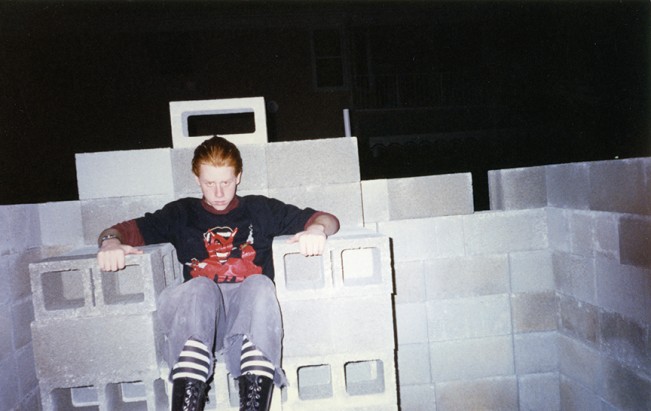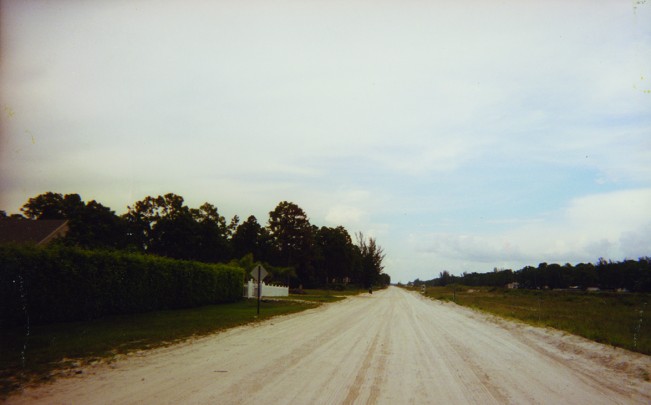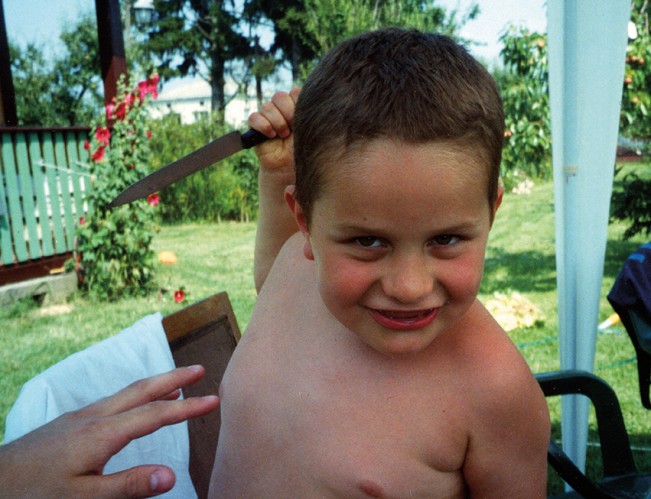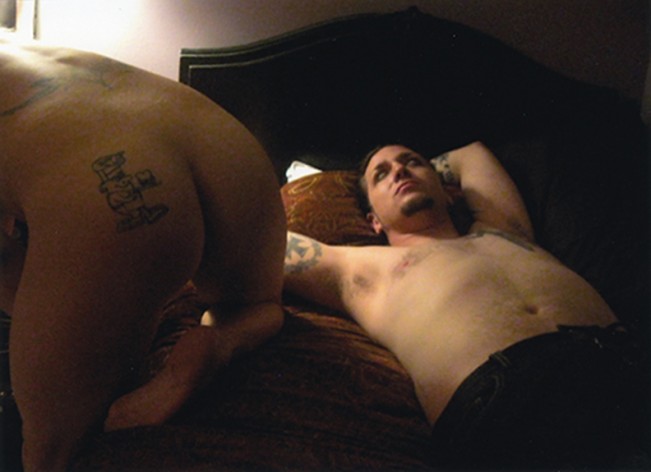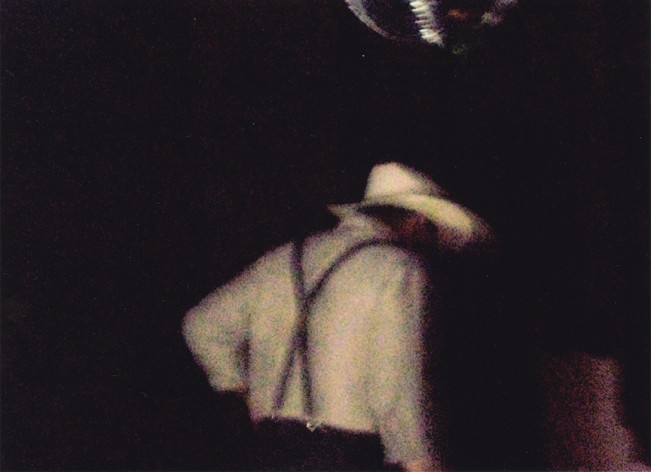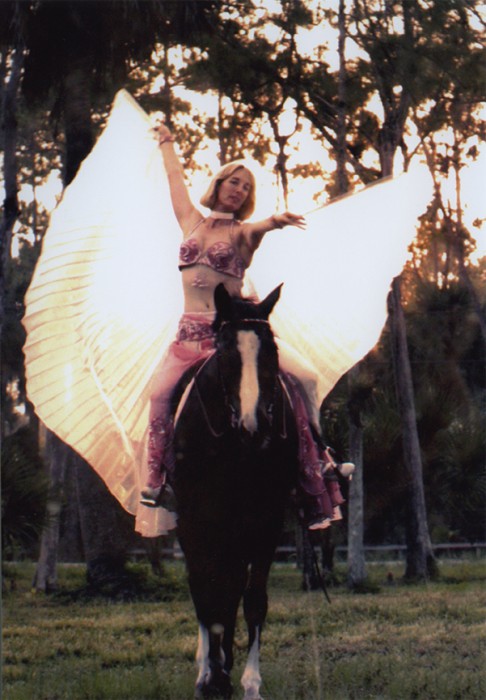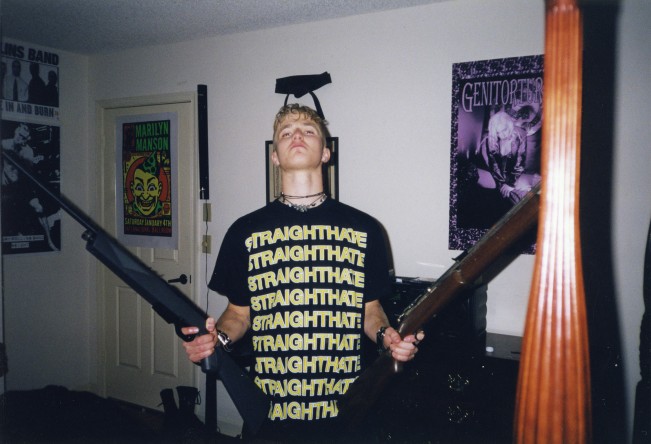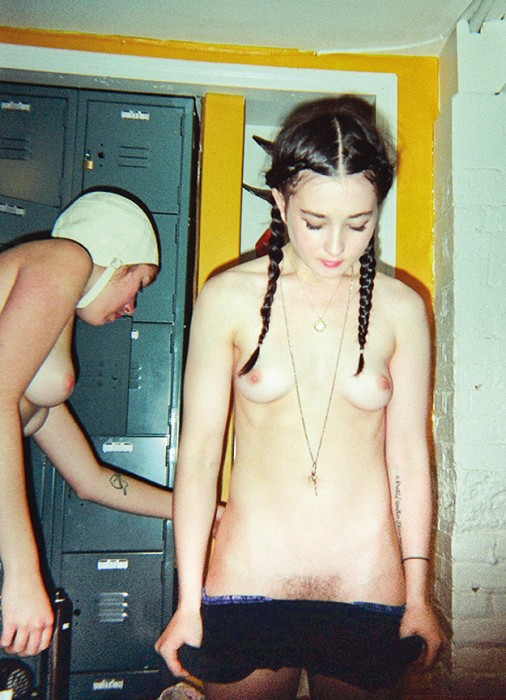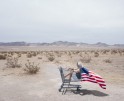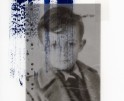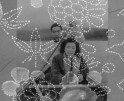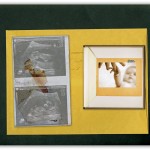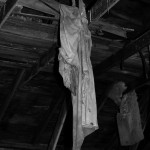Paul Kwiatkowski: And Every Day Was Overcast
Memories of childhood humanize us as adults. With age, our version of that time is deformed then reassembled. What fragments bleed through are tailored to a narrative designed to hide vulnerability. – Paul Kwiatkowski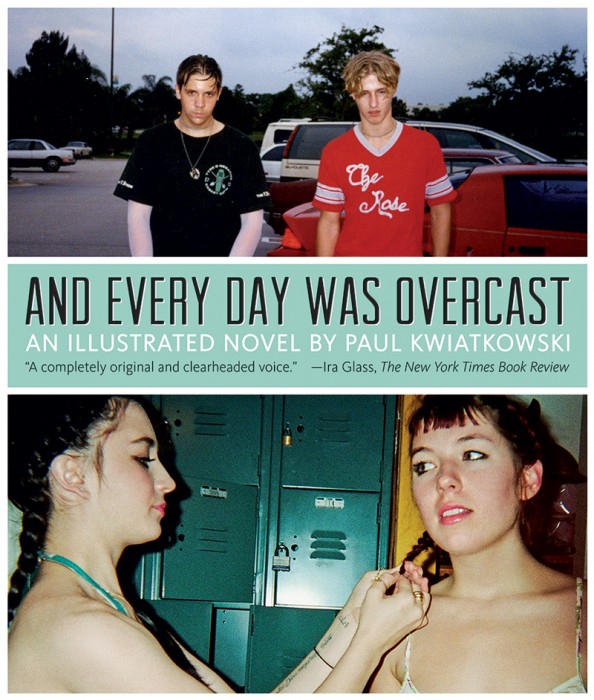
Paul Kwiatkowski stitches together an ugly-beautiful fabric of volatile America, threaded with gators and bad acid trips, swampy living and early sexual encounters… A tour de force in the form of battered scrapbook memories. – Doug Rickard,A New American Picture
I can count on my fingers the number of great books that seamlessly mix photographs and literary text in a compelling way. Paul Kwiatkowski’s And Every Day is Overcast not only achieves this rare feat, it does so with an artistry that makes the achievement nearly invisible. – Alec Soth, Broken Manual
Let’s just say you wanted to make a movie about your life, or a part of your life, and you didn’t have a movie camera. New York Photographer and writer Paul Kwiatkowski has managed to create a still movie or as he calls it, an illustrated novel, titled, And Every Day Was Overcast, complete with layers of text and audio featuring Florida field recordings, interviews, animal sounds, ambient noise, and electronic music tones. The novel circles around Paul’s years in South Florida, during the 1990’s where the nights were raucous and the drug filled days were endless trips to nowhere. Paul has compressed his memories of that time period into a project that weaves his images and words into a tapestry of personal reminiscence, unconcerned with beauty, instead seeking questionable truths.
This is Paul’s first novel, excerpts from which have appeared in numerous outlets, including Juxtapoz, Beautiful Decay, American Suburb X, and LPV Magazine. Follow Paul on Twitter @XOPK.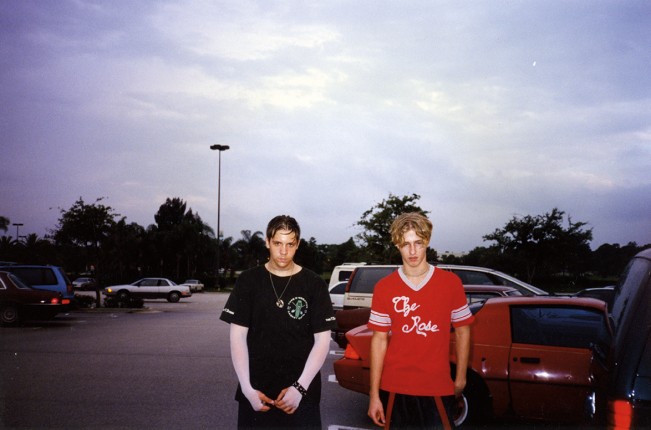
A Discussion with Writer & Photographer Paul Kwiatkowski and 45th Parallel Communications
“Everything about Florida culture is in a constant state of flux, stagnation and contradiction, a geographical pastiche of retreat and fantasy. A place where anyone can easily vanish, commit a crime without punishment, start over or give up. I love that about the place.”
Q: Elsewhere, you’ve described And Every Day Was Overcast as“100% in the service of truth.” And inevitably, as one reads the bookand encounters the juxtaposition of text and image, the question arises: how much of this narrative is imagined fiction, and how much is remembered personal history? Your reader is never assured of which photographs are staged and which are candid. Why an illustrated novel and not simply a monograph? Where do you see the linesbetween truth and fiction blurring in this book?
A: I was curious to investigate how the experiences of my adolescence evolved and informed my perceptions. Those years were the first time I revealed myself to the world and even to myself. I wanted to use imagesand artifacts from that time in tandem with text as a way to transmit my own personal experience as a teenager coming of age during a specific
time in American history.
Because of the saturation of images in our day-to-day lives, I think their function and our relationship with them is completely different than in the past. Images are subjective, always depending on their context; it’s like playing a single note on a guitar as opposed to playing five notes at same time to harmonize that soundinto a chord. The edit signifies everything.
I don’t believe in the unspoken promise of absolute journalistic truth. Images, sound and text at best can only be an amplification of your own perceived truth. Ultimately, the story I’m telling is my own. Saying anything else does the viewer a disservice. A photographer/writer is not a substitute for an anthropologist or teacher. There’s only the present and the illusory.
Q: There’s a palpable tension between suburban nostalgia and decay in your book that readers of Don DeLillo or Anthony Burgess will recognize. Do you think the experience of being a teenager in south Florida, or suburban Anywhere-America for that matter, has changed since you were a teen in the 1990s? Or is there a timelessness to adolescent angst, cruelty, and experimentation?
A: I think growing up in North America is a totally unique experience. Our perception has always been rooted in novelty. We’re always looking forward because our past is so thin. I also think that the way the newer generations relate to their past and to public/private identity has been altered because of the Internet. I’m happy I had the chance to experience both sides of that technological epoch.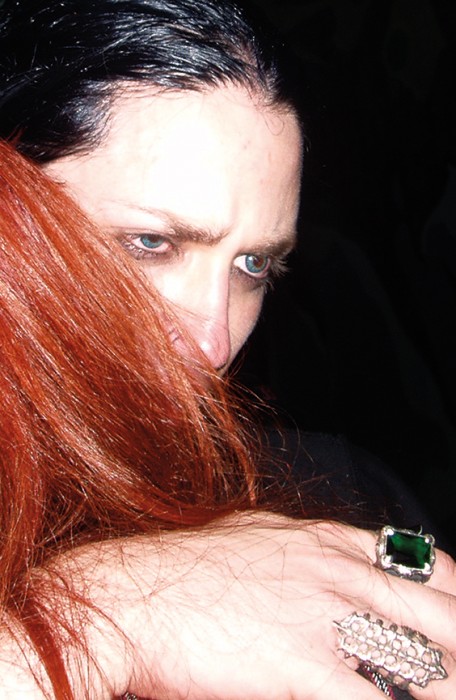
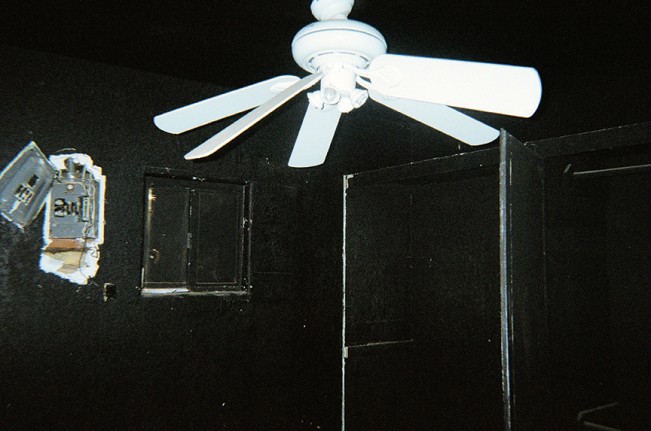
Q: What kinds of film and cameras did you use for the photographs found in the book, and why?
A: I used whatever was cheap and available. Digital didn’t exist at the time so a lot of the photos were done with a disposable camera. Throughout the years whenever I’d return to further document I’d use my phone or a point and shoot.
Q: Do you think growing up in South Florida has informed your art with a very particular sense of place? Is this an influence you can call upon or disregard at will, or are the humid landscapes of the Everglades a constant subconscious backdrop to your creativity?
A: Even though Florida is a fucked place to grow up, I give partial credit to its topography for developing my imagination. Everything about Florida culture is in a constant state of flux, stagnation and contradiction, a geographical pastiche of retreat and fantasy. A place where anyone can easily vanish, commit a crime without punishment, start over or give up. I love that about the place.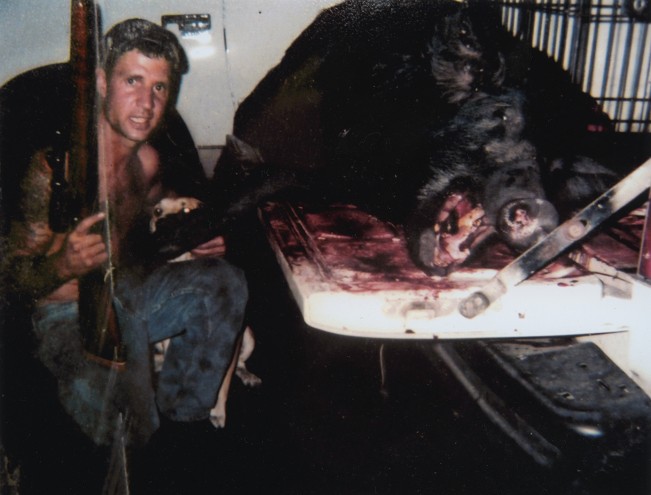
Q: What are some of your favorite images from the book? Why?
A: I don’t have any specific favorites but I think the most interesting ones are where the photographer’s
presence feels anonymous, like a specter. As a shy kid, I remember using the camera as a buffer to ease
myself into social situations. It’s different now. Everyone has a camera. The weirdos are the ones not taking
pictures.
Q: What contemporary photographers, artists and writers are you obsessed with right now? Whose
work is blowing your mind?
A: Matthew Stokoe, Chad Kultgen, Grace Krilanovich, Miron Zownir, Peter Bebergal, Harmony Korine, Duncan Trussell and Boris Mikhailov. And Anthony Karen. I used to work in photojournalism doing multimedia work. I developed a lot of friendships with the photojournalists I was inspired by. When the opportunity arose to join Anthony in Haiti to document a Haitian voodoo pilgrimage, there was no way I could say no.
As a teenager, when I first got interested in writing, William Burroughs was my primary influence. I remember my friend and I would drop acid at Epcot Center then go to all the different themed countries. We’d scribble all of these wild, rambling detective stories as though we were actually fleeing from country to country. It was a fun exercise.
Right now, I’m obsessed with sound design and am very excited for the future of podcasting. I’m also interested to see what new films are going to come out of Australia. I’m a big fan of David Michôd’s films.
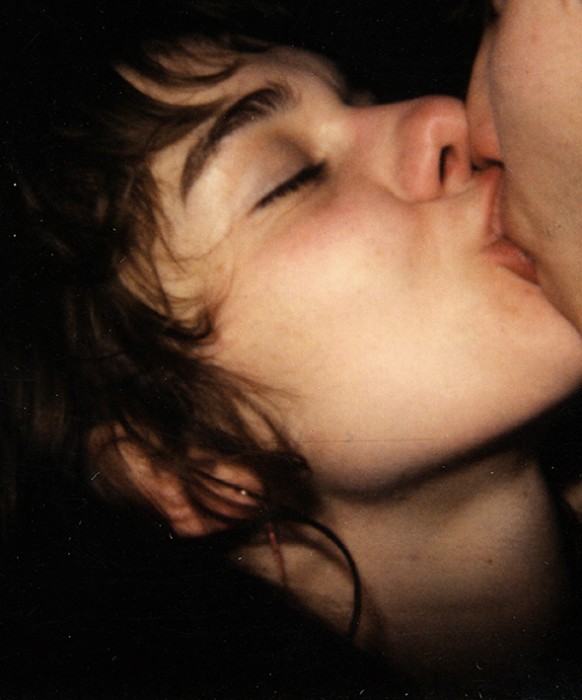
Q: What are you working on now? Is there another visual narrative on your horizon?
A: I’m working on a new book called Summer Chills. It’s about being totally adrift during the prime of your life and traveling North and South America on nothing more than unemployment checks.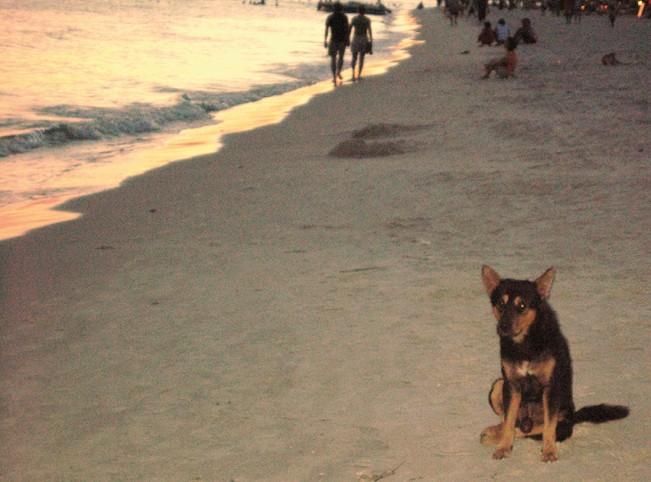
More about how to buy the book:
Trade Paperback
The trade edition features french flaps and is printed on high quality paper with full color photographs positioned within the text throughout the book. Perfect for readers who want to devour the narrative, flip through pages, and place on the coffee table as an inevitable conversation starter. $29.95, available from all book retailers.
iPad Special Edition Featuring an Original Soundtrack
Each chapter in this iPad-only digital edition contains an original soundtrack, createdby the book’s author, featuring Florida field recordings, interviews, animal sounds, ambient noise, and electronic music tones. Kwiatkowski’s high-resolution images come alive on the iPad’s retina display, and some photographs contain hidden interviews with women who grew up in–and out of–Kwiatkowski’s acid-soaked Florida parking lots and convenience stores. $15.99 at the iBookstore.
Posts on Lenscratch may not be reproduced without the permission of the Lenscratch staff and the photographer.
Recommended
-
Martin Stranka: All My StrangersDecember 14th, 2025
-
Interview with Maja Daniels: Gertrud, Natural Phenomena, and Alternative TimelinesNovember 16th, 2025
-
MG Vander Elst: SilencesOctober 21st, 2025
-
Photography Educator: Josh BirnbaumOctober 10th, 2025
-
Aiko Wakao Austin: What we inheritOctober 9th, 2025

